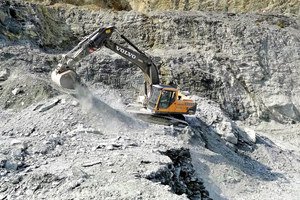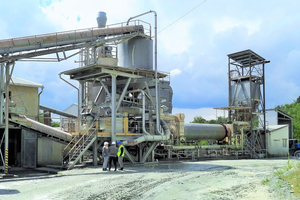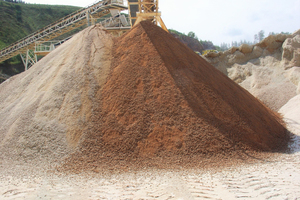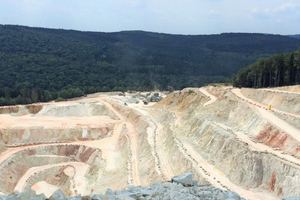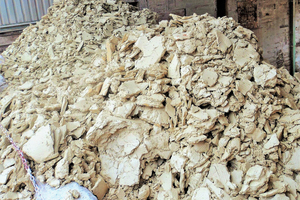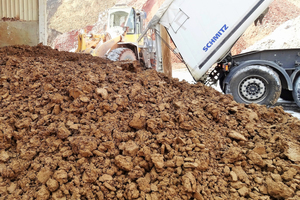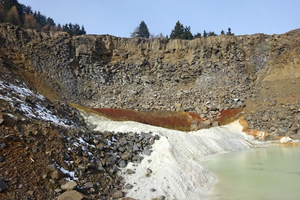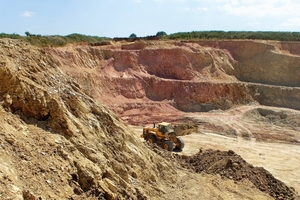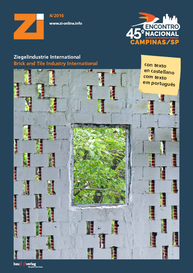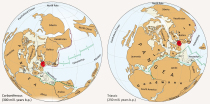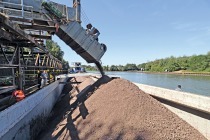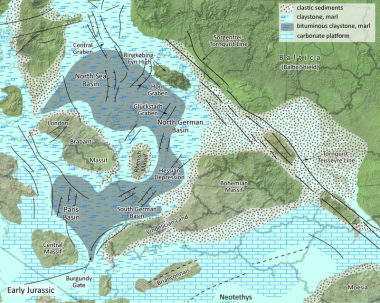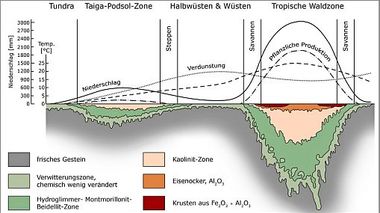Current clay potential in Germany | Part 2: Raw materials from the Ordovician and Devonian systems
Deep insights into the complex processes of Early Palaeozoic geological history are given. With reference to a geological transect, relevant clay horizons are systematically described and classified stratigraphically. One of the biggest potential sources of clay lies in the thick Devonian slates and their weathered formations. Fine-grained co-products are increasingly supplementing the natural raw materials base of Germany’s clay brick and tile industry.
1 Global geological history and tectonics
The geologically oldest clay raw materials used in the German clay brick and tile industry date from the Ordovician. In geological history, the Ordovician is the second system in the Palaeozoic Era. It began around 485.4 mill. years ago and ended around 443.4 mill. years ago [2]. At that time, our globe looked completely different than it does today. The area of land that is now Germany (D/red) was divided into two, North Germany being on the Avalonia microcontinent and Southern Germany on the Armorica terrane assemblage (»1).
As a result of plate...

![»1 Reconstruction of the global plate tectonic development in the Ordovician and Devonian, modified from [1]](https://www.zi-online.info/imgs/tok_46b79ef020108339b45466b3aeb7b5aa/w300_h200_x400_y196_101492020_e599b16c0c.jpg)
![»2 Geotectonic classification of Europe and the Variscides, from [1]](https://www.zi-online.info/imgs/tok_7d6d256ca51f5318a08142582fb55f35/w300_h200_x400_y329_101492040_c76905d58b.jpg)
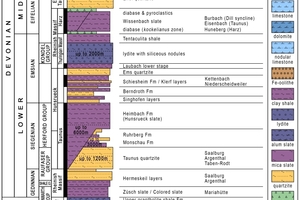
![»4 Facies distribution in the Rhenohercynicum at the time of the Lower Devonian, from [1]](https://www.zi-online.info/imgs/tok_56e789175ba8597db6cc088922db7d18/w300_h200_x400_y265_101491997_d4e608f011.jpg)
![»5 Palaeogeographic situation at the time of the Middle Devonian, from [1]](https://www.zi-online.info/imgs/tok_393eb8c331ea372c5833938176d664c6/w300_h200_x400_y308_101491993_25d6bffa2a.jpg)
